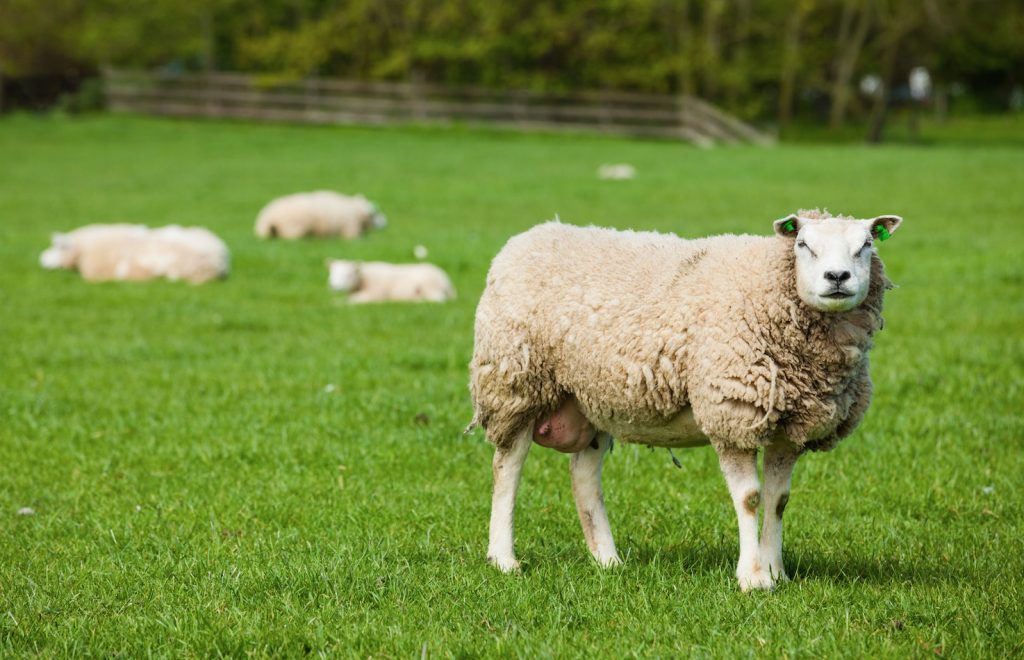Maintain body condition score for successful lambing period
12th December 2017
As the final stages of gestation approach, sheep farmers are being urged to feed their ewes enough to ensure successful foetal growth and development, and maintain body condition score, which
As the final stages of gestation approach, sheep farmers are being urged to feed their ewes enough to ensure successful foetal growth and development, and maintain body condition score, which indicates sufficient energy reserves.
“In the last six to eight weeks of pregnancy the body condition score (BCS) of ewes should be maintained at around 2.5 to 3.0,” says Bethany May, ruminant nutritionist at Trident Feeds.
However, she explains that a ewe’s requirements for energy and protein changes dramatically during the final 50 days of gestation.
“Approximately 70% of foetal growth occurs during the final six weeks of pregnancy, increasing the ewe’s demands for energy and protein.
“However, the ewe’s appetite and intake decreases by up to 30%, as lamb growth in the uterus reduces the capacity of the rumen. This can lead to BCS loss, which ultimately means insufficient bodily energy reserves and increased risk of twin lamb disease.”
For this reason, Bethany notes the importance of increasing the nutrient density of the ration as the gestation period progresses, through the use of supplementary concentrates, to keep nutrient supply at equal pace with foetal growth.
“Farmers should be aiming for the energy content of concentrates to be at least 12.5MJ ME per kg DM, plus at least 16% to 18% in crude protein if feeding alongside hay or silage; or 20% for straw-based rations” she explains.
“To reach these energy levels producers may be tempted to rely on large quantities of starchy cereals but they should ensure they’re balanced adequately.
“This is because a diet high in starch can very quickly upset the rumen, causing acidosis and this can lead to lower birth weights and poor colostrum quality, ultimately affecting early lamb growth rates.”
To achieve a good energy level in the ration without over-relying on starch, Bethany advises including a good amount of digestible fibre, which is available from British feed sources such as dried sugar beet feed (DSBF).
“The fibre in DSBF is more digestible than that from soya hulls, and when compared to cereal starch, it has a slower rate of rumen fermentation and maintains a more favourable rumen pH, so the risk of digestive upsets is reduced,” says Bethany.
“DSBF can also stimulate dry matter intake, therefore helping with depressed appetites and providing more nutrients for milk production which aids lamb growth rates,” she adds.
Trident’s range of sugar beet products are supplied as a robust dry pellet, in bulk or bagged, as dry shreds, or as a moist feed so there is a Trident sugar beet feed to suit every system.

